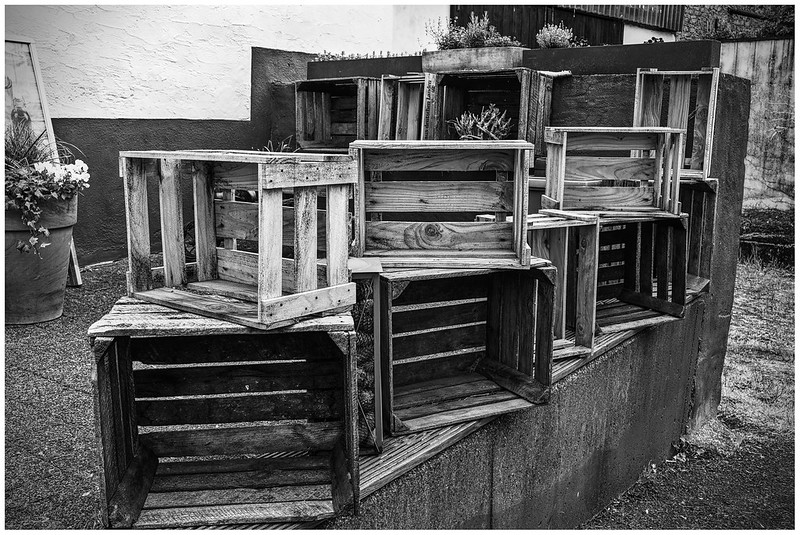
Engaging the open source community can be challenging at start. The image is CC by Ryan Roberts.
I have been writing code in multiple languages since 1994 and for almost a decade now I have been active within the open source community, primarily in R but I’ve also published some JavaSript/TypeScript packages. Publishing something that other people enjoy is a pure joy and the fact that some of my packages have download counts in the thousands is something that truly warms my heart.
Throughout the years I have though noticed that there is newcomers to the open source community often struggle with how to get help, which is why I decided to write this post. I’ll start out with some basics and then a little more advanced topics such as how to write an issue or a pull request. Continue reading →










